If you’re looking to invest in a very conservative manner, money market ETFs are good options to consider within your portfolio.
Recently, it was estimated that Canadians had $26.7 billion sitting in money market funds.
We will cover some of the best money market ETFs in Canada below and discuss some of their features below.
The Correct Definition of Money Market
A lot of material is available online that confuses the correct meaning of what “money market” is and what a money market fund looks like.
Money market refers to debt that has a maturity of less than one year (essentially short-term loans). This typically includes:
- Treasury bills and other short-term government debt
- Certificates of Deposit (also known as GICs in Canada)
- Commercial Paper (short-term corporate debt)
- Repurchase Agreements
A high-interest savings account is not considered a part of the money market.
One key reason for understanding this difference is that CDIC deposit insurance only works in specific cases.
Money market mutual funds or ETFs are not protected by CDIC insurance, while other safe investments such as GICs and high-interest savings accounts are.
Pros and Cons of Money Market ETFs
Money market ETFs, due to being such a conservative investment, come with their pros and cons.
In a lot of cases, better options exist rather than investing in money market ETFs or funds.
- Your capital remains intact throughout almost all market conditions
- Accessing higher returns than those offered by chequing and savings accounts
- Slowing the impact of inflation (when used as an alternative to cash)
- They are not protected by CDIC
- Net-of-fee returns can be very low and far from outperforming inflation
- Can underperform GICs or even high-interest savings accounts (which are covered by CDIC)
Risks Involved in Money Market ETFs
While money market ETFs are among the safer investment options, they aren’t devoid of risks. Let’s explore some of these potential pitfalls:
- Interest Rate Risk: If interest rates rise, the value of securities within the ETF might decrease, impacting the NAV (Net Asset Value) of the ETF.
- Credit Risk: There’s always a slight risk that the issuer of a security within the ETF might default.
- Inflation Risk: With relatively low returns, there’s a chance that inflation could outpace your earnings, eroding the purchasing power of your investment.
- Liquidity Risk: Even though money market ETFs are generally liquid, there can be situations where selling might not be as straightforward, especially in turbulent market conditions.
- Limited Growth: Given their conservative nature, money market ETFs don’t offer the growth potential that other securities, like equities, might provide.
Factors to Consider When Choosing a Money Market ETF
Before diving into the sea of money market ETFs, it’s essential to be informed about the different factors that can influence your decision. These factors can significantly affect the returns you get and the level of risk you assume.
- Liquidity: Money market ETFs are expected to be liquid, meaning you can easily buy or sell the securities. Ensure the ETF you are considering has adequate trading volume.
- Management Expense Ratio (MER): The MER represents the cost of managing the ETF. A higher MER can eat into your returns, especially given the typically low returns of money market funds.
- Credit Quality: Money market instruments are generally considered safe. However, ensure the ETF primarily holds top-rated credit securities to avoid unnecessary risks.
- Maturity: Since money market funds invest in short-term securities, consider the average maturity of the ETF. A shorter average maturity often implies lesser interest rate risk.
- Yield: The yield represents the income return on an investment. While money market ETFs aren’t known for high yields, comparing yields can help you choose a more profitable option.
- Issuer Reputation: Ensure the ETF is issued by a reputable institution that has a track record of managing money market instruments effectively.
Best Money Market ETFs in Canada
Only two Canadian money market ETFs exist in Canada – the remainder on our list must be purchased in US dollars. Keep in mind that US funds are typically significantly less expensive than their Canadian counterparts.
- iShares Premium Money Market ETF (CMR.TO)
- iShares Short Treasury Bond ETF (SHV)
- BMO Money Market Fund ETF Series (ZMMK.TO)
- SPDR Bloomberg 1-3 Month T-Bill ETF (BIL)
- JPMorgan Ultra-Short Income ETF (JPST)
- Goldman Sachs Access Treasury 0-1 Year ETF (GBIL)
- iShares 0-3 Month Treasury Bond ETF (SGOV)
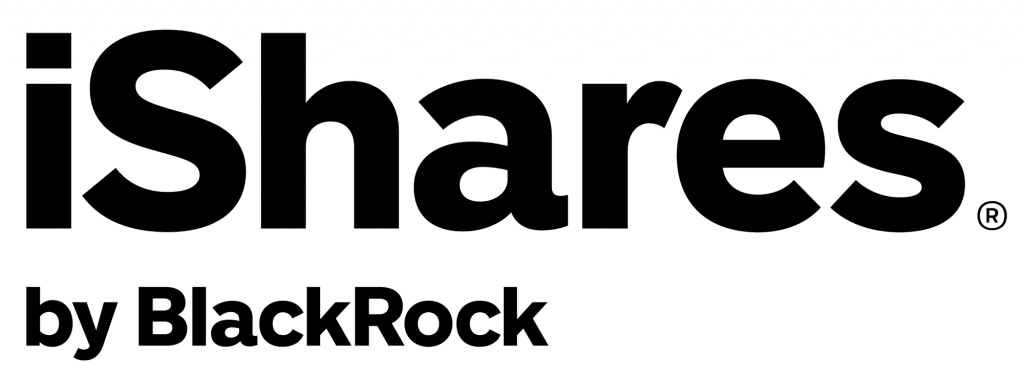
- Ticker: CMR.TO
- Inception Date: February 19, 2008
- Assets under Management: $655.09 Million
- Management Expense Ratio: 0.28%
- Management Style: Active
- Risk Rating: Low
- Distributions: Monthly
- Distribution Yield: 4.64%
- Stock Price: $50.13
- YTD Return: 0.46%
Blackrock’s iShares makes a money market ETF available to investors on the Canadian shelf.
The ETF is actively managed and has a high allocation to short-term government debt (federal and provincial), as well as various corporate papers.
The ETF has a long performance track record and is large in terms of assets. It pays a low distribution yield to investors on a monthly basis.
CMR is a top Canadian choice for a money market ETF.

- Ticker: SHV
- Inception Date: January 5, 2007
- Assets under Management: $18.62 Billion (USD)
- Management Expense Ratio: 0.15%
- Management Style: Passive
- Risk Rating: Low
- Distributions: Monthly
- Distribution Yield: 4.73%
- Stock Price: $110.25
- YTD Return: 0.42%
As an option offered by iShares in the US (and accessible to Canadians in USD), SHV is a passive money market ETF that tracks an index of US treasury bonds with maturities of less than a year.
The ETF passively follows the ICE Short US Treasury Securities Index. Short-term government treasuries are safer than corporate paper from a default perspective.
SHV has a long performance track record and is a massive fund in terms of assets. It pays a very low yield on a monthly basis.
The ETF will need to be bought on the US side of your accounts.
SHV is a very safe money market fund to consider for conservative returns.
3. BMO Money Market Fund ETF Series
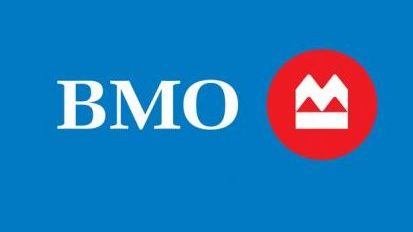
- Ticker: ZMMK.TO
- Inception Date: November 29, 2021
- Assets under Management: $892.52 Million
- Management Expense Ratio: 0.12%
- Management Style: Active
- Risk Rating: Low
- Distributions: Monthly
- Distribution Yield: 4.98%
- Stock Price: $50.015
- YTD Return: 0.44%
BMO offers the only other money market fund available as an ETF here in Canada.
The ETF is also actively managed and has a higher allocation towards commercial paper rather than short-term government debt.
The ETF has a very short performance track record and is large in terms of assets under management. It pays a very low distribution yield to investors monthly.
ZMMK is the only alternative to CMR Canadians have when investing in a money market ETF with Canadian dollars.
4. SPDR Bloomberg 1-3 Month T-Bill ETF
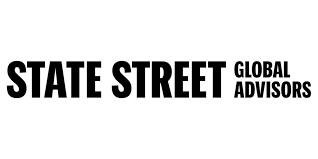
- Ticker: BIL
- Inception Date: May 25, 2007
- Assets under Management: $33.38 Billion (USD)
- Management Expense Ratio: 0.14%
- Management Style: Passive
- Risk Rating: Low
- Distributions: Monthly
- Distribution Yield: 4.93%
- Stock Price: $91.54
- YTD Return: 0.43%
State Street also offers a great money market fund under the ticker BIL that Canadians can access on the US side of their accounts. The ETF invests in US treasuries that have between one and three months left until maturity.
BIL is passively managed and tracks the Bloomberg 1-3 Month U.S. Treasury Bill Index.
The ETF is large in terms of assets and has a long performance track record. It offers a very low yield on a monthly basis to investors. BIL invests in some of the safest possible investments that investors can access.
The ETF will need to be purchased in US dollars.
BIL is another extremely safe money market fund to consider for conservative returns.
5. JPMorgan Ultra-Short Income ETF
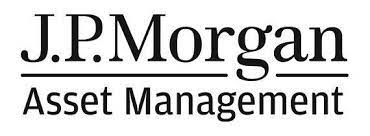
- Ticker: JPST
- Inception Date: May 17, 2017
- Assets under Management: $22.32 Billion (USD)
- Management Expense Ratio: 0.18%
- Management Style: Active
- Risk Rating: High
- Distributions: Monthly
- Distribution Yield: 4.80%
- Stock Price: $50.31
- YTD Return: 0.58%
JP Morgan offers an actively-managed ETF that invests in fixed income with maturities of less than one year. The fund is mainly concentrated in corporate paper or short-term corporate debt.
JPST is actively managed by a team of four portfolio managers.
The ETF is very large in terms of assets and has a medium-length performance track record. The monthly yield that it offers investors is very low.
Similar to the other US money market ETFs on our list, JPST will need to be purchased in US dollars by Canadians.
JPST is an excellent option to consider in the money market space.
6. Goldman Sachs Access Treasury 0-1 Year ETF
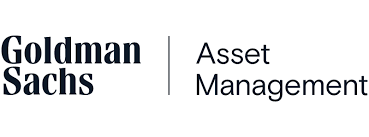
- Ticker: GBIL
- Inception Date: September 6, 2016
- Assets under Management: $5.48 Billion (USD)
- Management Expense Ratio: 0.12%
- Management Style: Passive
- Risk Rating: Low
- Distributions: Monthly
- Distribution Yield: 4.77%
- Stock Price: $99.89
- YTD Return: 0.41%
Goldman Sachs manages a money market ETF focused on government treasuries that are maturing in less than one year. The fund does not invest in other debt outside government treasuries (such as commercial paper, GICs, etc.)
GBIL is passively managed and tracks the FTSE US Treasury 0-1 Year Composite Select Index.
GBIL has a high AUM and comes with a medium-length performance track record. It offers investors a very low monthly yield.
The ETF will have to be purchased in US dollars on the US side of accounts here in Canada.
GBIL is another extremely conservative investment option for investors looking for money market ETFs.

- Ticker: SGOV
- Inception Date: May 26, 2020
- Assets under Management: $15.61 Billion (USD)
- Management Expense Ratio: 0.07%
- Management Style: Passive
- Risk Rating: Low
- Distributions: Monthly
- Distribution Yield: 4.13%
- Stock Price: $100.45
- YTD Return: 0.44%
iShares also offers a government treasury ETF that is focused on government bonds maturing in the next 0-3 months. SGOV is passively managed and tracks the performance of the ICE 0-3 Month US Treasury Securities Index.
SGOV is a large ETF by assets and has a very short performance track record due to its recent inception. Since it only invests in extremely short government treasuries, it is one of the safest investments in terms of volatility.
Since the ETF is listed in the US, it will have to be purchased in US dollars on the US side of accounts here in Canada. It pays a low monthly yield to investors.
SGOV is a very safe investment option, even relative to other funds within the money market space, and a good option to consider for your portfolio.
The cheapest way to buy ETFs is from discount brokers. My top choices in Canada are:
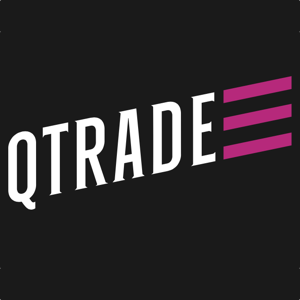
- 105 commission-free ETFs to buy and sell
- Excellent customer service
- Top-notch market research tools
- Easy-to-use and stable platform

- Stock and ETF buys and sells have $0 trading fees
- Desktop and mobile trading
- Reputable fintech company
- Fractional shares available
To learn more, check out my full breakdown of the best trading platforms in Canada.
Conclusion
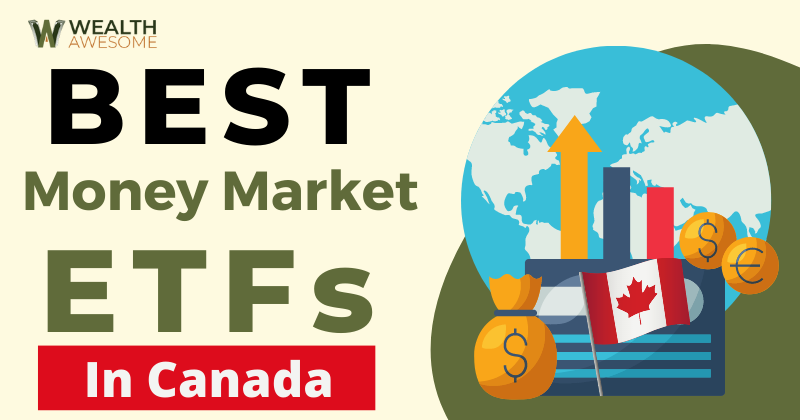
Before purchasing a money market fund, make sure to check your alternatives to see if they don’t make better sense.
Money market funds tend to offer very low returns and are exempt from the CDIC insurance available to Canadians.
Make sure to compare some of the best GIC rates in Canada to the returns that you are expecting to earn by potentially purchasing a money market ETF.






@Bob Wen : If you DRIP your dividends, you will have no cash in your RIF to withdraw in December. So you will have to sell shares to generate enough cash to withdraw. If the market is dropping, you’ll be selling at a loss. If you don’t DRIP, the cash will accumulate in your account until December. If you want to earn a tiny bit of interest, you could invest the cash in a Hi-Interest Savings ETF, but factor in (a) the MER, and (b) Questrade’s fee for selling units of an ETF. It may not be worth the trouble.
With a Bear market well under way at this time and interest rates rising, I went to cash in my trading account in May. Split my cash into 4 equal MM ETF positions: CSAV, PSA, CASH & CMR. My blended rate average is over 1% and rising. The last one (CMR) I have been using for many years in my RRSP and later in my TFSA when it was commission free at Scotia iTrade, but with the low rates in past couple years made no sense as it paid zero, since the MER was equal to the current low interest rate. CMR is no longer commission free at iTrade. Bottom line, I want 100% liquidity available in seconds on the click of a mouse when the time comes to trade again, and something in the way of income while I wait. Margin accounts pay nothing for cash just sitting there. The advantage with the 4 ETFs is: 1) fully liquid in seconds and can be used for margin; 2) they pay monthly; 3) payments go up automatically as rates rise; 4) safe and relatively stable, up or down a penny. Con: depending where you buy, trading commission will be a detriment, however if the funds you have are large enough, no issue as your first month’s payments will cover the costs. At this time, cash or MM are outperforming all market indexes as they do not lose money and pay something. Not a bad place to be temporarily.
Does Wealthsimple offer DRIP.
No they don’t unfortunately
Christopher, once a year, on December 15th, I withdraw $5,000 from my self-directed Questrade RRIF. Most of this amount is from dividends paid into the account monthly. This means that I have cash sitting in the account from January all the way to December, earning nothing! The dividend cash paid into the account in February is earning nothing for one month less, and so on. Would buying units of an above money market ETF be a worthwhile location for this cash vs. zero interest or short-term bond ETFs, such as VSB?
Hi Bob, I believe you can setup a DRIP to automatically reinvest your dividends, see this for more details https://wealthawesome.com/questrade-drip/ (and when in doubt, call Questrade!)
Thanks, I’ll look into arranging that.